12 GPTs for Bug Identification Powered by AI for Free of 2025
AI GPTs for Bug Identification are specialized tools designed to assist in identifying and resolving bugs in software development and IT environments. Leveraging the capabilities of Generative Pre-trained Transformers (GPTs), these tools analyze code, error logs, and other relevant data to identify patterns indicative of bugs. They are tailored to automate and enhance the accuracy of bug detection processes, making them invaluable for developers and IT professionals seeking efficient solutions for bug management.
Top 10 GPTs for Bug Identification are: Code Debugger,GPT Copilot-JS/TS/REACT/NEXTJS-FRONTEND COPILOT,Code Helper,Game QA Strategist,[APP] Vue.JS 3 Code Reviewer,Adversarial Code Collaborative Agent,TestMaster Pro,🔍🐞 Software Testing Whiz 🤖🧪,Python debugger,Code Tester
Code Debugger
Debugging Simplified with AI-Powered Precision
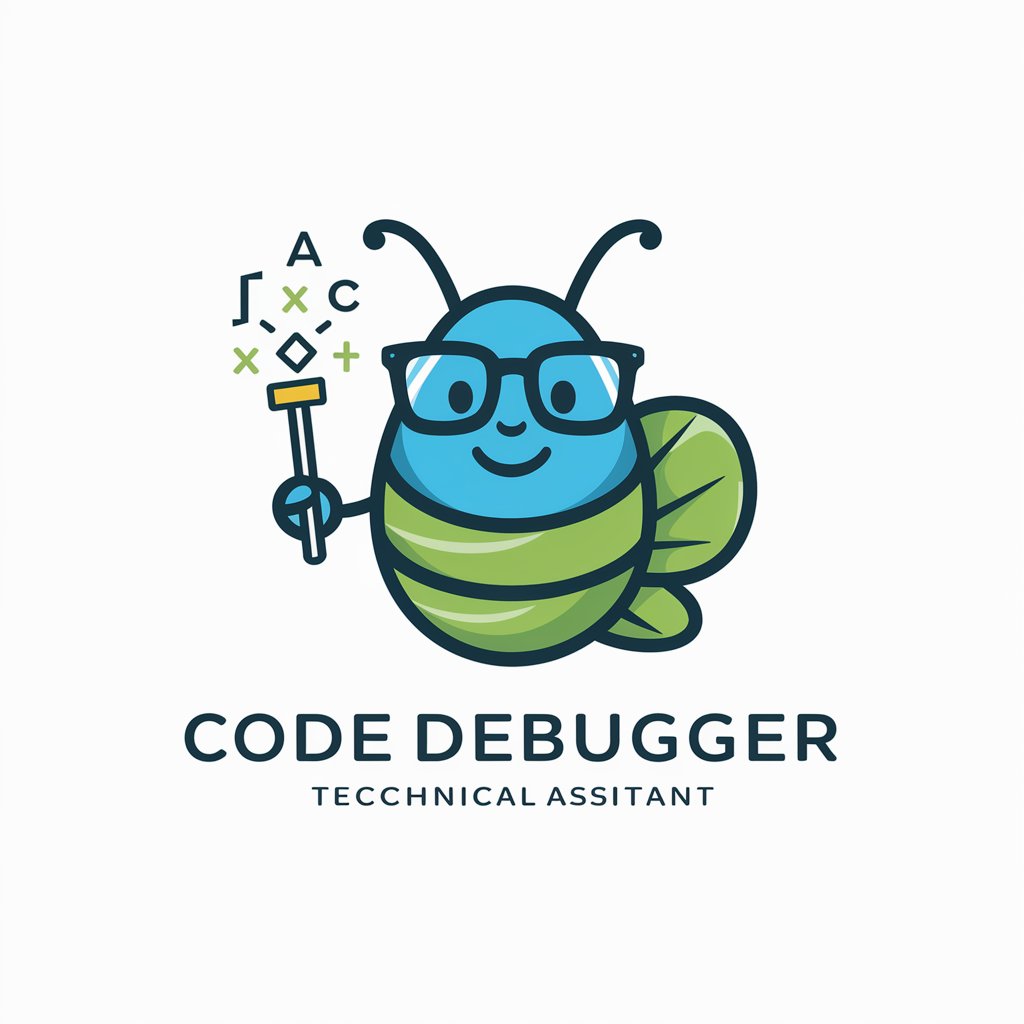
GPT Copilot-JS/TS/REACT/NEXTJS-FRONTEND COPILOT
Enhance coding with AI-powered insights
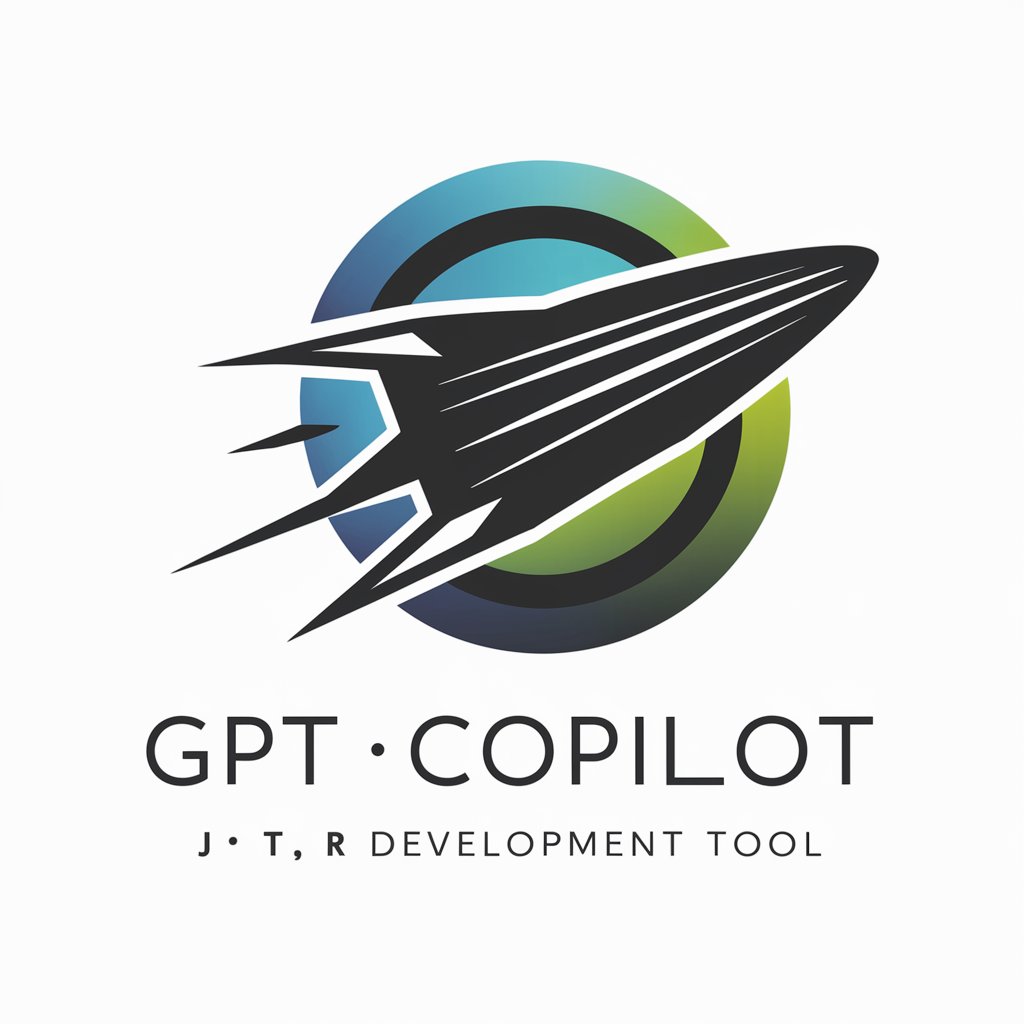
Code Helper
Elevate Your Code with AI
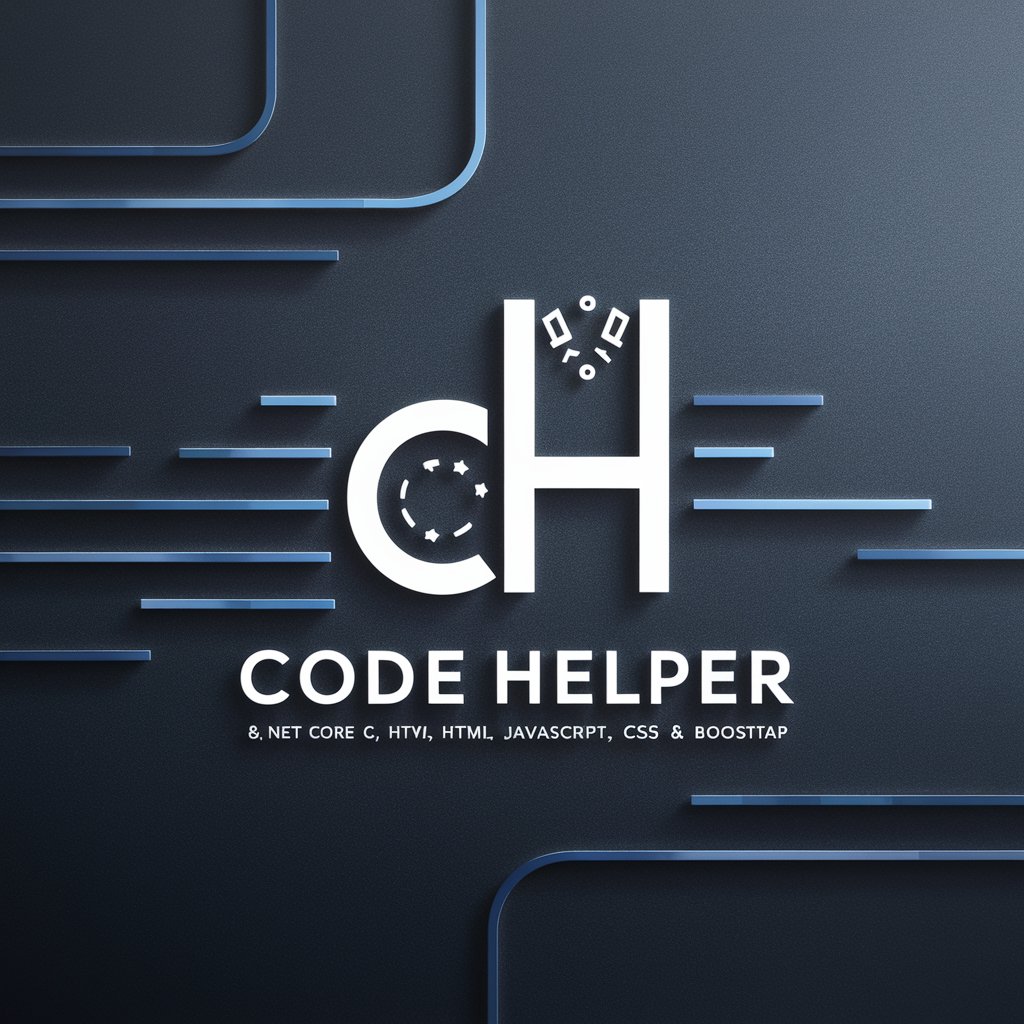
Game QA Strategist
Automate QA with AI Insights

[APP] Vue.JS 3 Code Reviewer
Elevate Your Vue.js Code with AI
![[APP] Vue.JS 3 Code Reviewer in GPT Store](https://r2.erweima.ai/i/H4v3oYBXSrmZRKidwYDLzg.png)
Adversarial Code Collaborative Agent
Empower Your Code with AI Collaboration
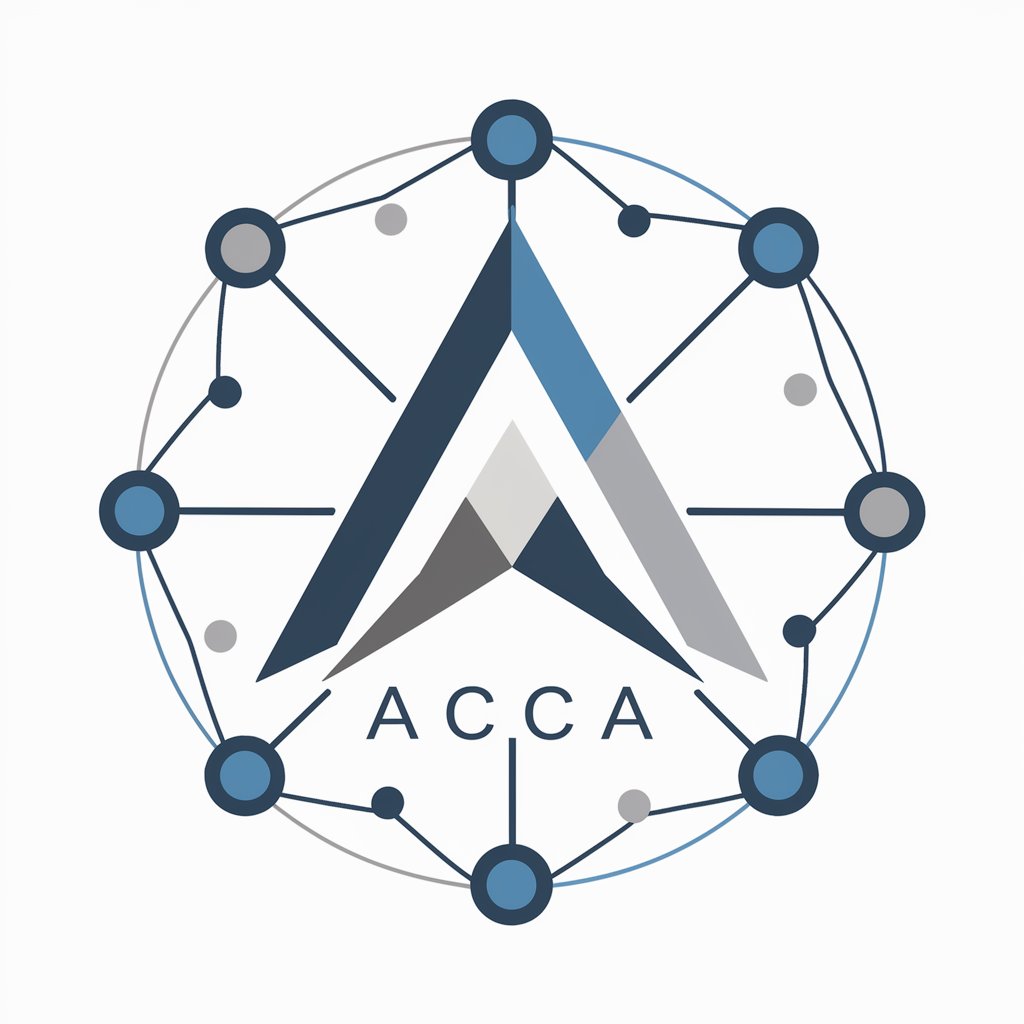
TestMaster Pro
Empowering Quality Assurance with AI
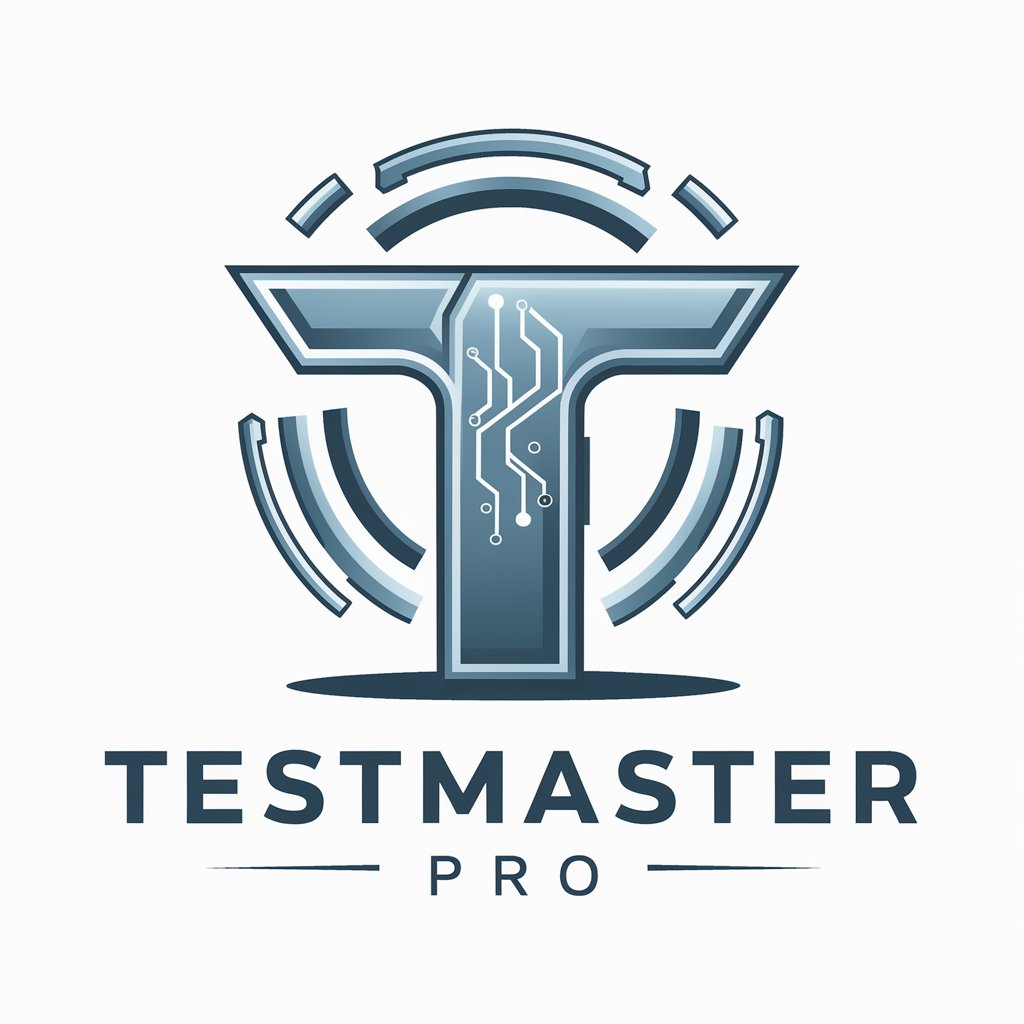
🔍🐞 Software Testing Whiz 🤖🧪
Enhance Testing with AI Precision
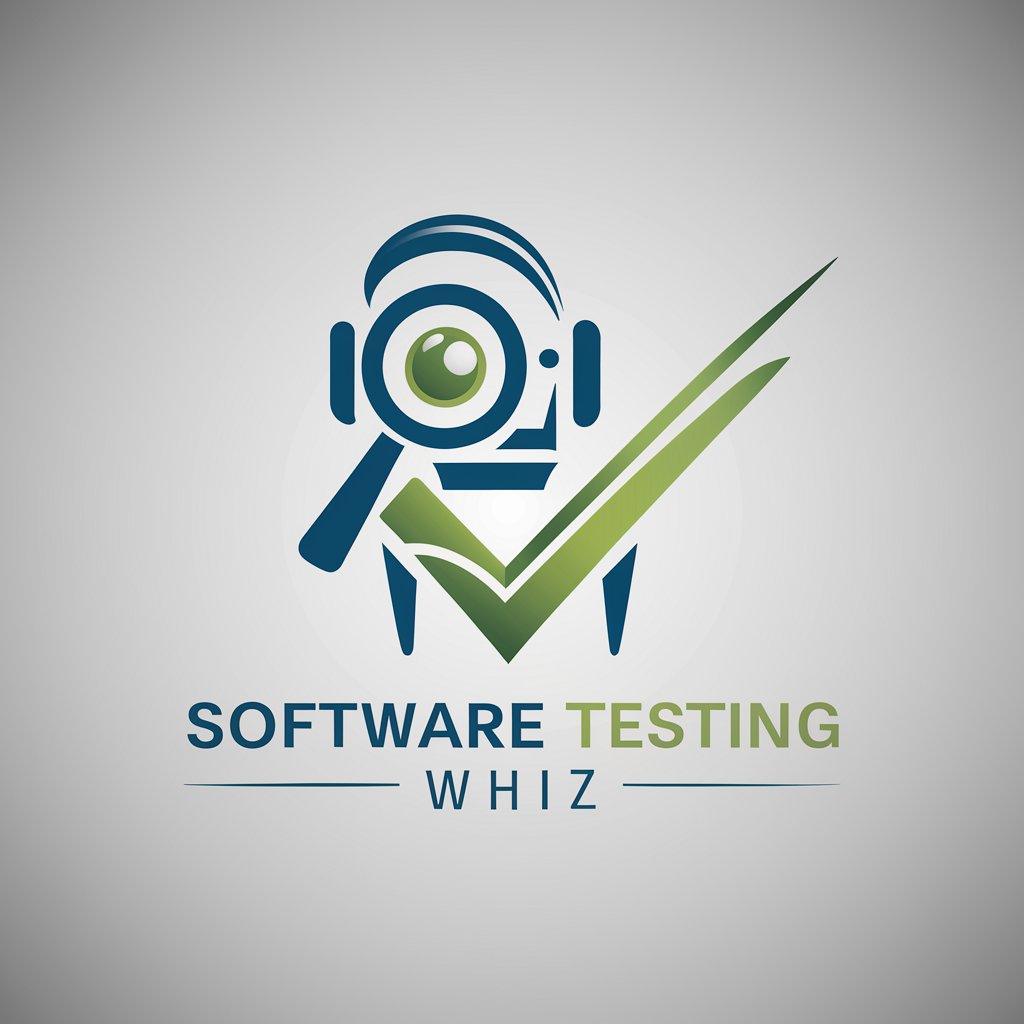
Python debugger
Debug Python code with AI precision
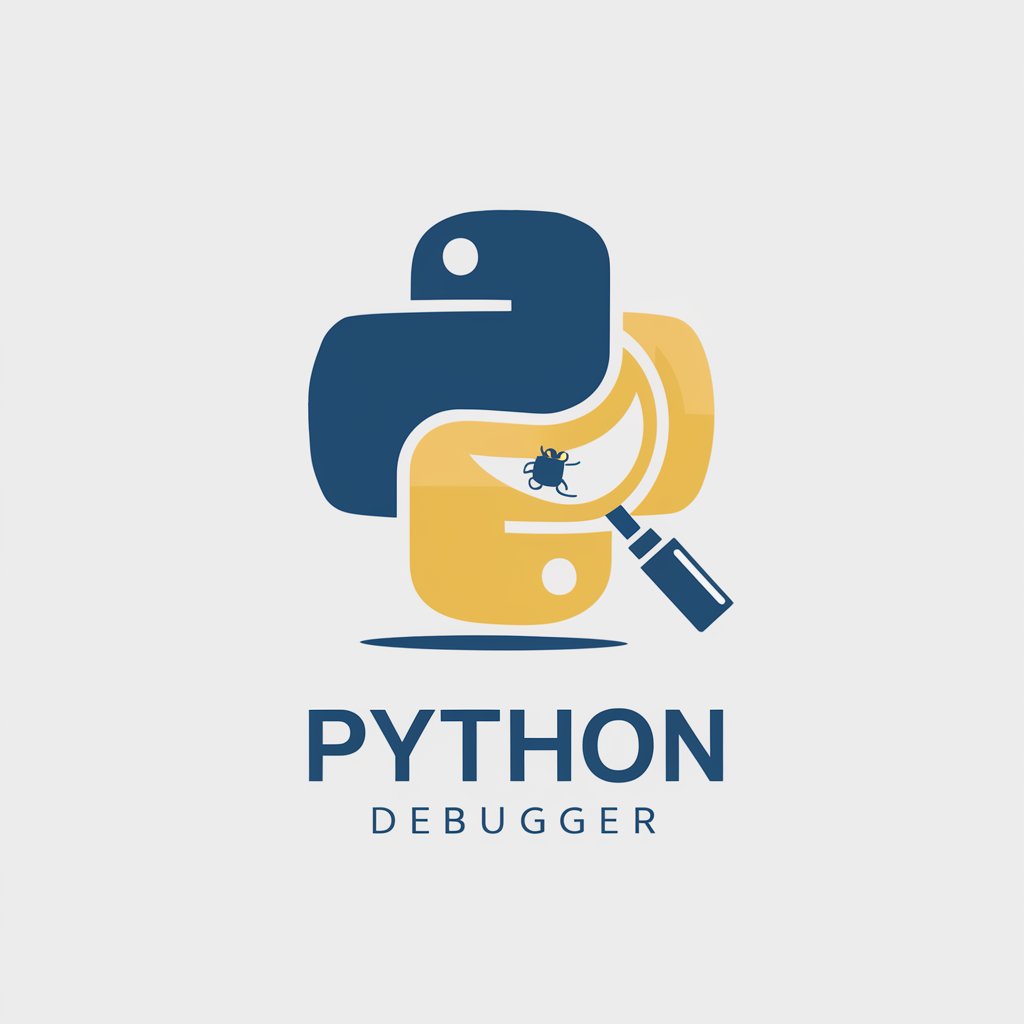
Code Tester
Enhance Your Code with AI Insight
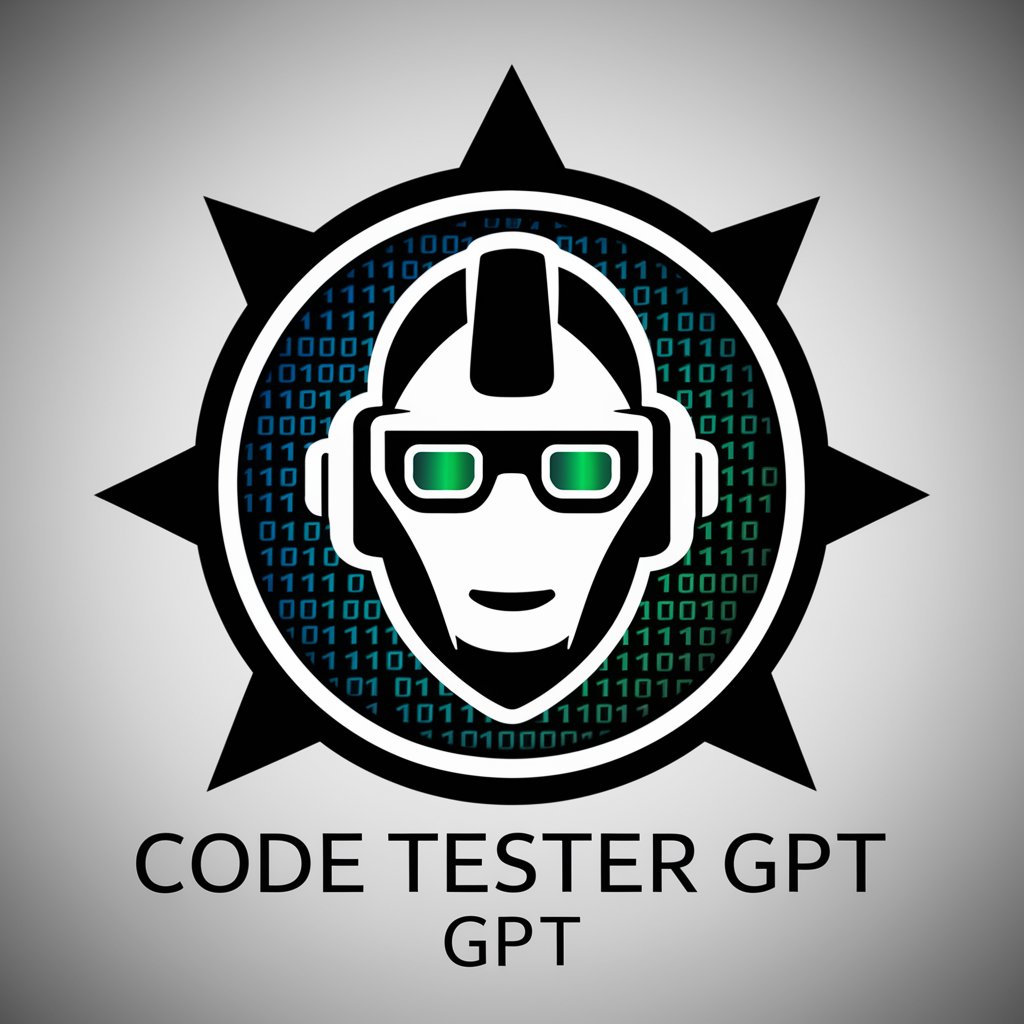
Sex
Optimize JavaScript with AI
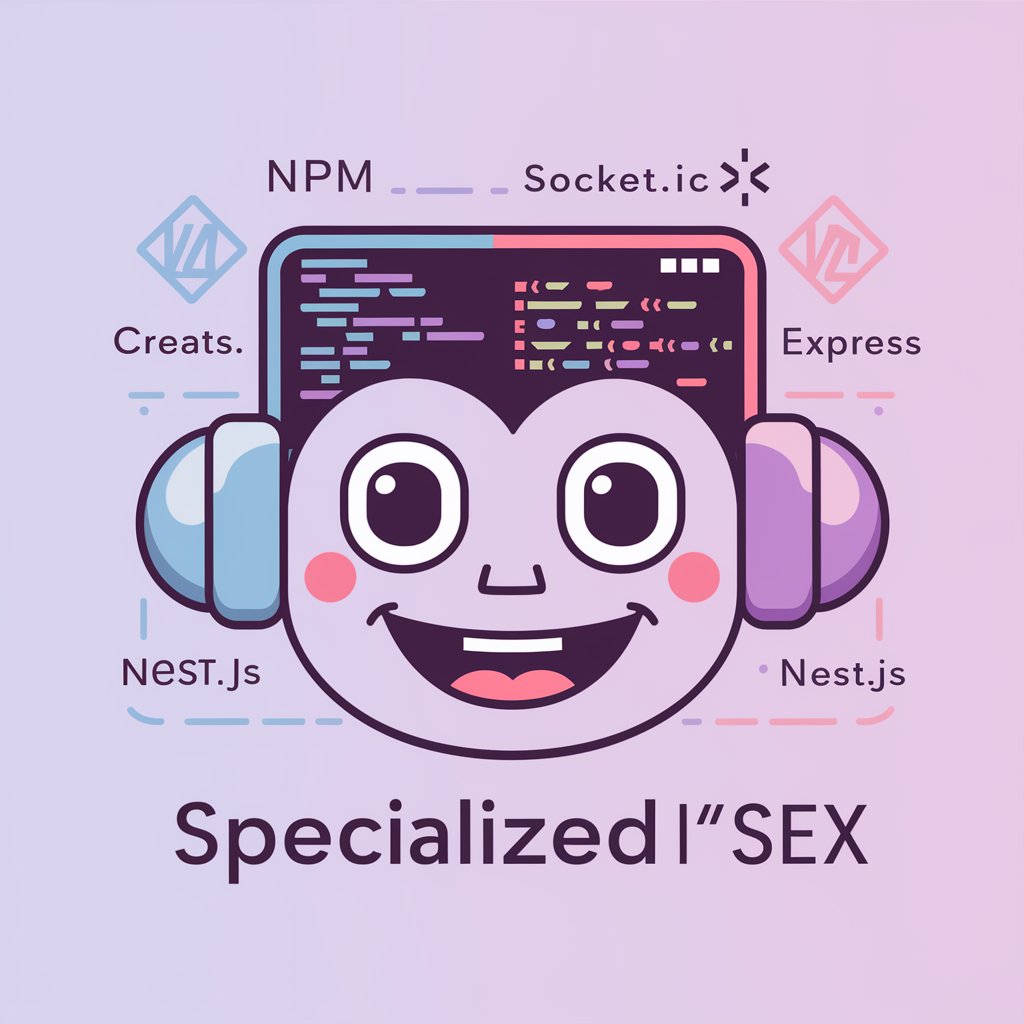
🖥️ Solve Your Vala Memory Issues
Harness AI to tackle Vala memory leaks.

Essential Attributes of AI GPTs for Debugging
These GPTs tools offer a range of features designed to streamline the bug identification process. Key capabilities include natural language understanding for interpreting bug reports, machine learning algorithms for pattern recognition in code, and the ability to integrate with development environments for real-time feedback. Special features might encompass language learning for parsing various programming languages, technical support via chatbots, enhanced web searching for similar bug reports, image generation for visual bug tracking, and sophisticated data analysis for predicting potential vulnerabilities.
Who Benefits from Debugging AI
AI GPTs for Bug Identification are ideal for a broad spectrum of users, from novices who are just beginning their journey in software development to seasoned professionals seeking to optimize their debugging processes. They are accessible to individuals without programming expertise, thanks to intuitive interfaces, yet offer deep customization options for developers and IT professionals. This dual approach ensures a wide applicability across the industry, enhancing productivity and bug resolution efficiency.
Try Our other AI GPTs tools for Free
Project Refactoring
Discover how AI GPTs for Project Refactoring can transform your software development process, offering intelligent, automated solutions for code optimization and enhancement.
Data Breach Analysis
Discover AI GPTs for Data Breach Analysis: AI-driven tools transforming cybersecurity with real-time data monitoring, predictive analytics, and user-friendly interfaces for comprehensive breach mitigation.
Daily Venting
Explore AI GPTs for Daily Venting: empathetic, private tools designed to understand and respond to your emotional needs, offering a unique platform for expressing thoughts and feelings.
Repository Management
Explore the transformative power of AI GPT tools in Repository Management, designed to automate tasks, enhance collaboration, and boost productivity for developers and project managers alike.
Personal Learning
Discover how AI GPTs for Personal Learning are transforming education with personalized, adaptable, and accessible tools designed to meet individual learning needs and preferences.
Conversation Enhancement
Discover how AI GPTs for Conversation Enhancement can transform your digital communications, offering advanced, customizable solutions for a seamless conversational experience.
Expanding the Horizon of Debugging with AI
AI GPTs for Bug Identification not only streamline the debugging process but also offer a glimpse into the future of software development, where AI-powered tools work alongside humans to enhance productivity and innovation. These tools are increasingly becoming a staple in development environments, offering user-friendly interfaces and seamless integration with existing workflows, thereby broadening the scope of who can effectively identify and manage bugs.
Frequently Asked Questions
What exactly are AI GPTs for Bug Identification?
AI GPTs for Bug Identification are advanced AI tools that use machine learning and natural language processing to help detect, analyze, and suggest fixes for bugs in software and IT systems.
How do these tools differ from traditional debugging methods?
Unlike traditional methods that often require manual code inspection, these AI tools automate bug detection by analyzing patterns and anomalies in the code, significantly speeding up the debugging process.
Can non-technical users utilize these AI GPT tools effectively?
Yes, these tools are designed with user-friendly interfaces that allow non-technical users to understand and use them for basic bug identification tasks without in-depth programming knowledge.
Are these tools compatible with all programming languages?
While they aim to support a wide range of programming languages, compatibility varies. Most tools prioritize popular languages but are continually updated to include broader language support.
Can AI GPTs for Bug Identification integrate with existing IDEs?
Yes, many of these tools are designed to integrate seamlessly with popular Integrated Development Environments (IDEs), offering real-time bug detection and suggestions within the development workflow.
What makes AI GPTs more efficient at identifying bugs?
Their efficiency comes from the combination of machine learning models trained on vast datasets of code, enabling them to quickly identify patterns and anomalies that may indicate bugs.
How can these tools be customized for specific development environments?
Users can customize the tools by training them on specific codebases, adjusting sensitivity settings, and integrating them with project management tools to align with their development processes.
What are the future trends in AI GPTs for Bug Identification?
Future trends include the incorporation of more sophisticated AI models for greater accuracy, expanded language support, tighter integration with development tools, and enhanced capabilities for predicting and preventing bugs before they occur.